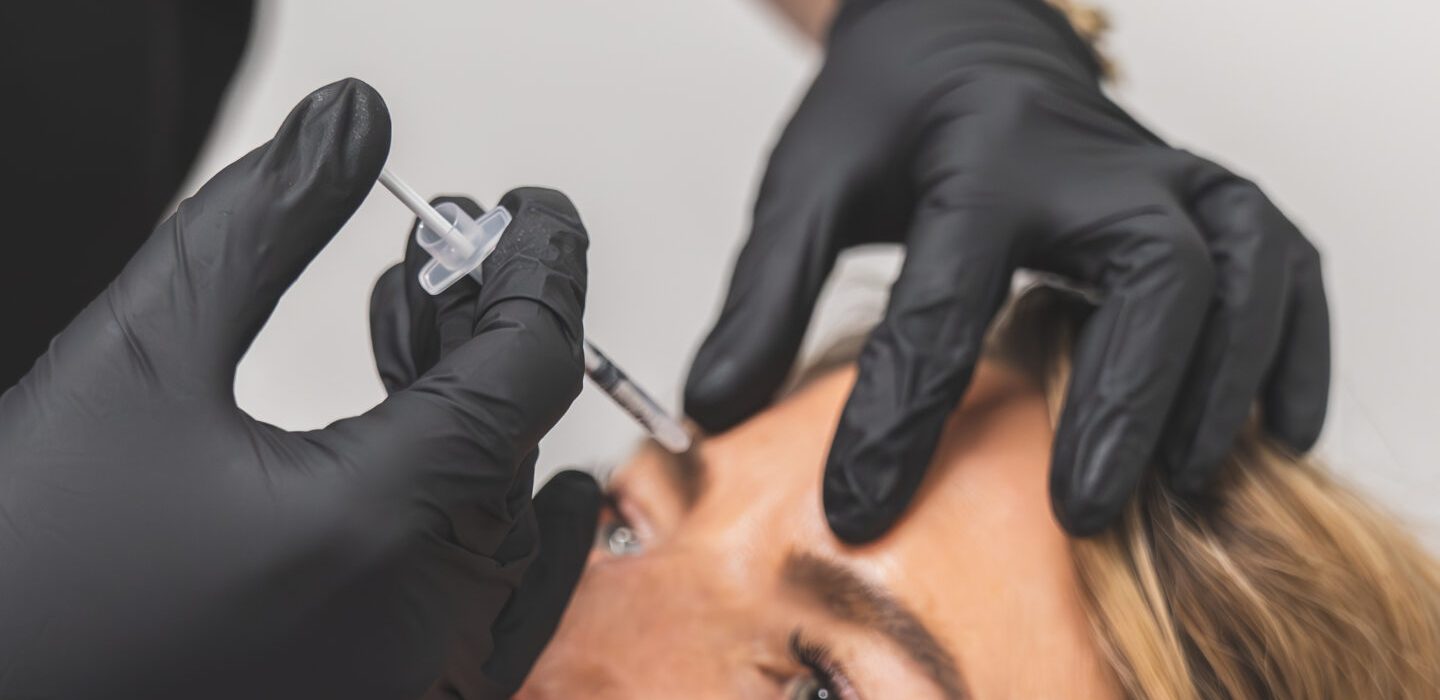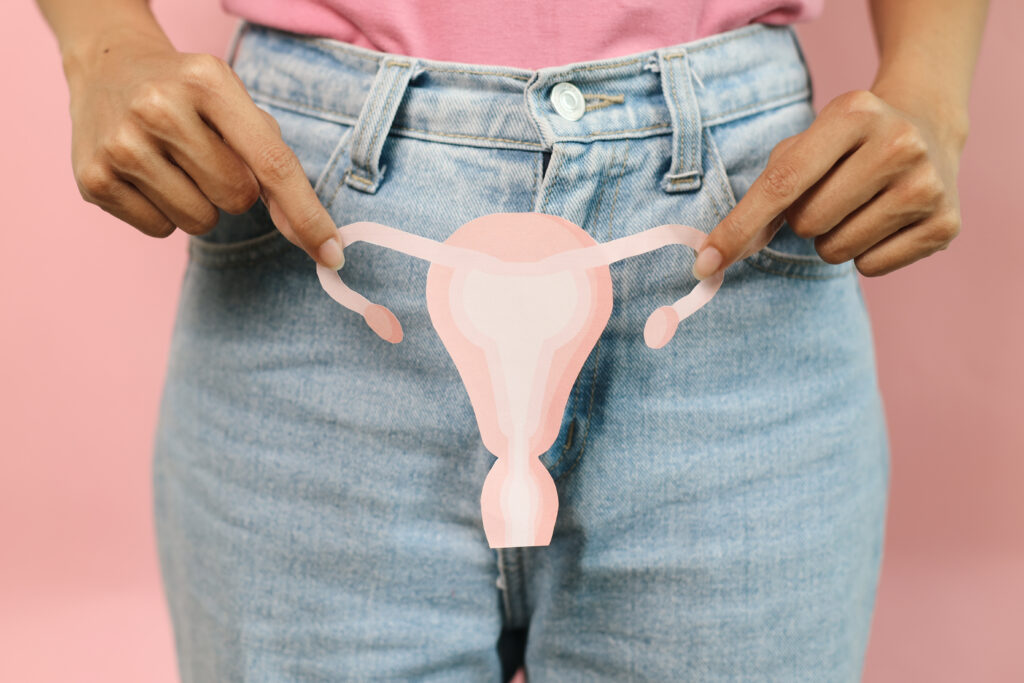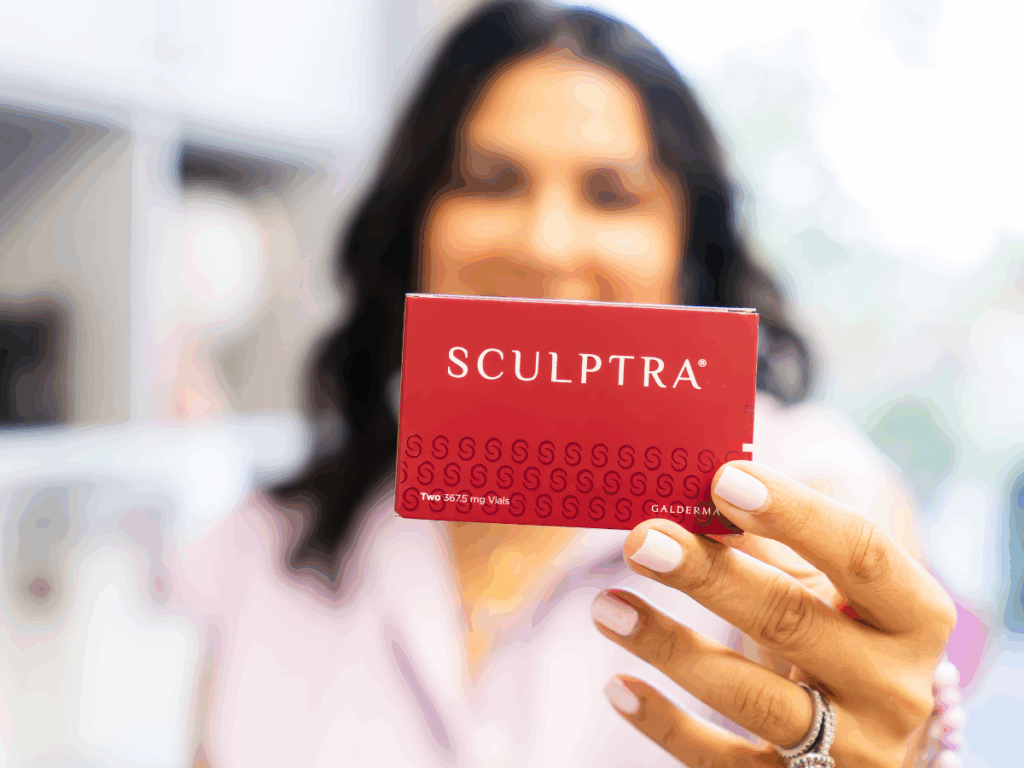If you’re in your late 20s or early 30s and starting to notice fine lines—or you’re just curious if it’s time to start something—preventative Botox or Dysport might already be on your radar. But knowing when to begin (and what to expect) can feel confusing, especially with all the conflicting advice online.
Here’s what you should know before booking your first appointment:
What Is Preventative Botox or Dysport?
Preventative neurotoxin treatments use small amounts of Botox or Dysport before deeper static lines have fully formed. Instead of waiting until lines are visible at rest, this approach treats the muscles that cause those lines while they’re still only visible with movement—like raising your eyebrows or frowning.
The goal? Softer expressions, smoother skin, and prevention of etched-in lines down the road.
When Should I Start?
There’s no “perfect” age to start, but many women begin preventative treatments between ages 27–35. The right time depends more on your skin type, muscle movement, and genetics than your actual age.
If you’re starting to see lines linger after facial expressions—or want to maintain a smooth, rested look—it could be a good time to consider it.
Will It Make Me Look Frozen?
Not when it’s done correctly. A subtle, preventative dose is designed to soften movement—not erase it. You’ll still look like you, just a little more refreshed.
Choosing a provider who understands facial anatomy and uses a conservative approach (like we do here) is key to getting natural results.
How Long Does It Last?
Most people see results within 3–5 days (Dysport) or 5–7 days (Botox), with full effects at 2 weeks. Results typically last 3–4 months, but consistent use can lead to longer-lasting benefits over time.
Is It Safe Long-Term?
Botox and Dysport have been FDA-approved and used safely for decades. When administered by a trained provider, they’re considered low-risk and well tolerated—even with long-term use.
What’s the Difference Between Botox and Dysport?
Both are effective and FDA-approved, but they have slightly different formulations:
- Dysport tends to spread more, making it great for larger areas like the forehead.
- Botox is often preferred for more targeted treatment zones.
Your provider will help you choose based on your goals and muscle movement.
Ready to Explore Preventative Treatment?
If you’re thinking about starting Botox or Dysport but want a subtle, customized plan that fits your face and comfort level, we’re here to help. Our consultations are designed to answer your questions, review your goals, and create a plan that feels right for you.
📞 Call or text us at 913-227-9150 to schedule your consult!





